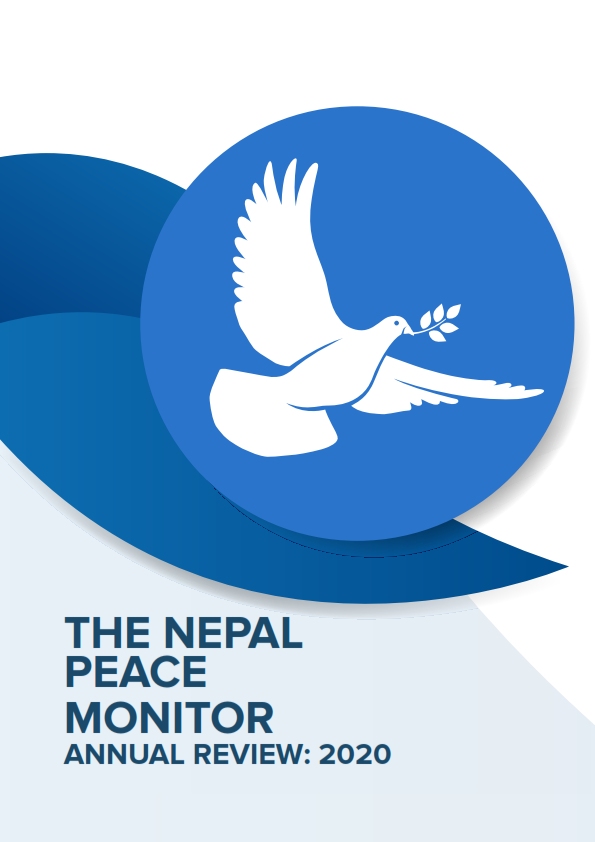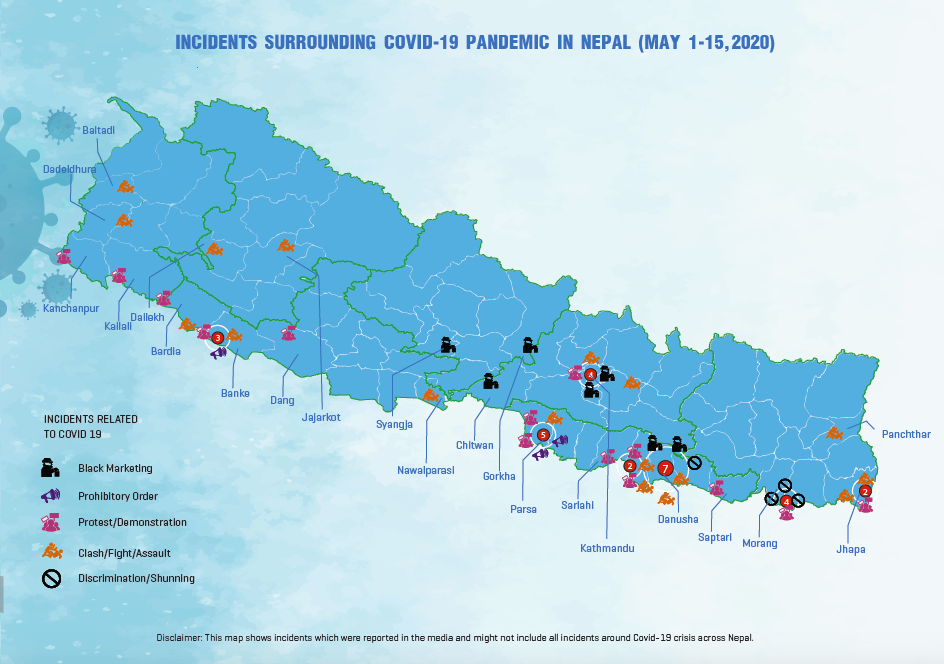Incident Reports
Child domestic helps vulnerable to exploitation and sexual violence- Prachi Aryal's Oped on Child exploitation and sexual violence
2017-07-10
Nepal
Sarika (name changed), a teenage girl was rescued from the house of a journalist in May after she filed a complaint of sexual abuse against her employer.
She was two months pregnant when she was rescued by the Central Child Welfare Board (CCWB).
Sarika’s is not a one-off story. CCWIB officials say there are still many girls like Sarika, who have fallen through the cracks of society; suffering in silence, in dire need of help, but largely ignored and unnoticed.
The number of child workers is on the decline, but many children who are still working as domestic helps are falling victims to sexual abuse and violence.
According to the CCWB, many girls who are brought to Kathmandu Valley as helps for restaurants and bars are at a high risk of sexual exploitation and abuse.
There have been many cases where they were forced to engage in prostitution or were trafficked.
Approximately, 80 per cent of the citizens living in rural areas of the country are heavily reliant on small-scale subsistence farming for their livelihoods, amongst them the families that do not own any land or have limited source of economy are compelled to send their children to work.
Most of the girl children end up as domestic helps or working in restaurants and bars.
A study by Children and Women in Social Services and Human Rights (CWISH) Nepal shows that for every 20 households in Kathmandu there is a child working as a domestic help; the number stood at 1 in every 5 households, 10 years ago.
“Poverty, debt, decade long insurgency and the Gorkha earthquake have made children victims. When any such disasters occur children are the most vulnerable group,” says Yubaraj Ghimire, coordinator at CWISH.
“The local government should make integrated efforts to curb incidents where children are trafficked for child labour. Furthermore, there should be a provision to mark domestic work as decent work so that the youths who migrate to other countries such as Israel, Lebanon as domestic helps can work in Nepal.”
The government has been taking multiple steps to curb cases of child labour in the country. But despite succeeding in bringing down the number of child workers considerably, many still remain employed in hazardous conditions.
The Global Slavery Index 2016 ranks Nepal 13th out of 167 countries on child labour prevalence. The Nepal Child Labour Report 2011 mentions that 40.4 per cent of the child population in the country are engaged in economic work and 19.7 per cent of the working children fall into the category of hazardous child labour.
The Nepal Multiple Indicator Cluster Survey showed that 28,333 children are working at brick kilns out of which 13,715 are employed in kilns located inside the Kathmandu Valley.
Working children from Kathmandu are relatively more exposed to hazardous conditions than in other parts of the country by being involved in industries such as carpet factories and brick kilns.
Despite the government’s National Master Plan on Child Labour to eradicate all forms of child labour by 2014, the plan did not achieve its goal.
The government has set 2020 as a new target for building a child labour-free country.
There is much to be done to achieve that goal, say children’s rights workers.
National/Online Media
Related Reports
GBV / Siraha
Complaint lodged against a 30-year-old man on the charge of raping a 13-year-old teenage girl in Siraha
December 26, 2023
GBV / Okhaldhunga
52-year-old man arrested on the charge of sexually assaulting a 16-year-old teen girl in Okhaldhunga
Province 1, Okhaldhunga, Sunkoshi, Ward 8
December 03, 2023
GBV / Rupandehi
Complaint lodged against a 22-year-old youth on the charge of raping a minor girl in Rupandehi
August 29, 2023
Related Trend Analysis
Analysis

THE NEPAL PEACE MONITOR ANNUAL REVIEW: 2020
October 25, 2021
Human Trafficking / LGBT+ Rights / GBV / Political / Children’s Rights / Senior Citizens’ Rights / HRD Issues / Human Rights / Interpersonal Violence / Governance / Covid-19 / Civic-Space / PwD



